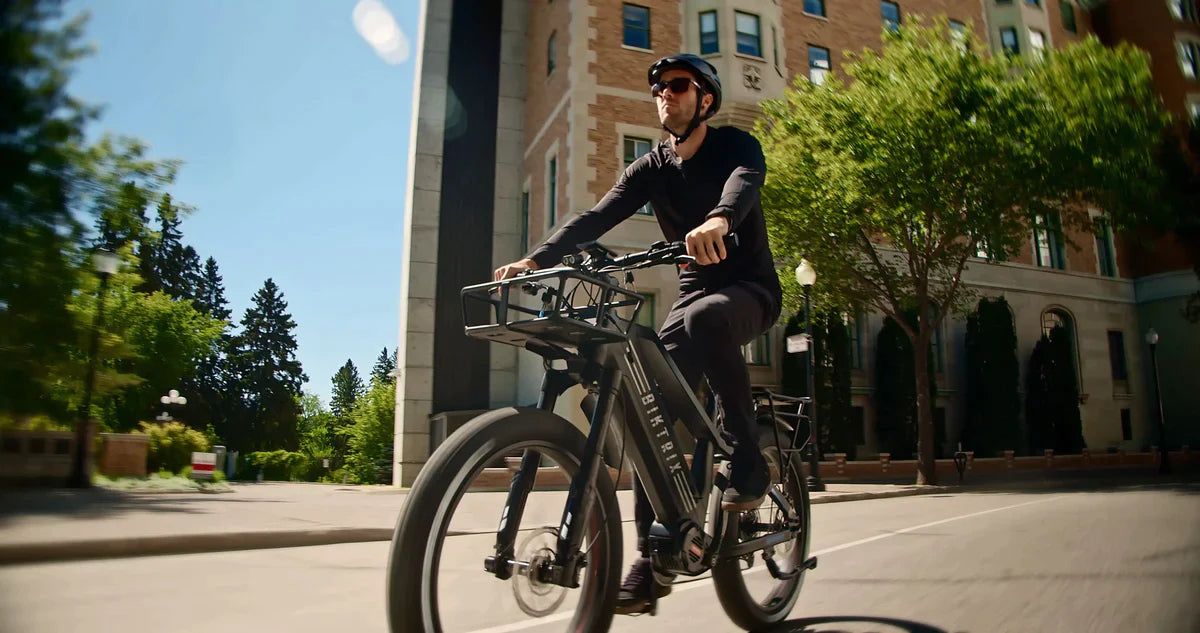ScottyPoppy
New Member
- Region
- USA
Great website with great reviews. I am hoping to get help from those with lots of ebike experience. I am ready to purchase my first ebike. For me it will be a car replacement and used primarily for commuting and errands around town, just like I would do in a car. I have ridden an ebike once, for three hours. It was rented and I was part of a bike tour. I enjoyed it a lot, but it had one weakness. On the bike tour there was a point where we were going up a steep hill for a short distance and the bike almost slowed to a stop, but barely made it. I don't want that experience in a bike I purchase. Here are some considerations:
- Cost around $4000.
- Made by a good, solid company out of quality parts, preferably supported by a bike shop nearby. A good warranty is also desirable.
- I despise all this "class" nonsense, though I have to live with it. I want to pedal the bike sometimes and not pedal it sometimes. I want to go faster than 28 mph when desired. Preferably the ebike will have a legal class and easily let me not use it and use the throttle to go as fast as the bike is truly capable.
- Comfort is a priority. I have a Trek mountain bike and have done little in the way of trails. This will be an all-season around town commuter.
- No fat-bike, but wider tires than average are okay.
- A low entry point is preferable but not essential.
- My top choice so far is the HPC Scout.
Here are some questions I have been scouring the internet to find answers to:
- Will even a low, 250 watt motor climb a steep hill in the right gear?
- Maybe I don't need to be obsessive about getting a 750+ watt motor?
Thanks for your thoughts!
- Cost around $4000.
- Made by a good, solid company out of quality parts, preferably supported by a bike shop nearby. A good warranty is also desirable.
- I despise all this "class" nonsense, though I have to live with it. I want to pedal the bike sometimes and not pedal it sometimes. I want to go faster than 28 mph when desired. Preferably the ebike will have a legal class and easily let me not use it and use the throttle to go as fast as the bike is truly capable.
- Comfort is a priority. I have a Trek mountain bike and have done little in the way of trails. This will be an all-season around town commuter.
- No fat-bike, but wider tires than average are okay.
- A low entry point is preferable but not essential.
- My top choice so far is the HPC Scout.
Here are some questions I have been scouring the internet to find answers to:
- Will even a low, 250 watt motor climb a steep hill in the right gear?
- Maybe I don't need to be obsessive about getting a 750+ watt motor?
Thanks for your thoughts!




